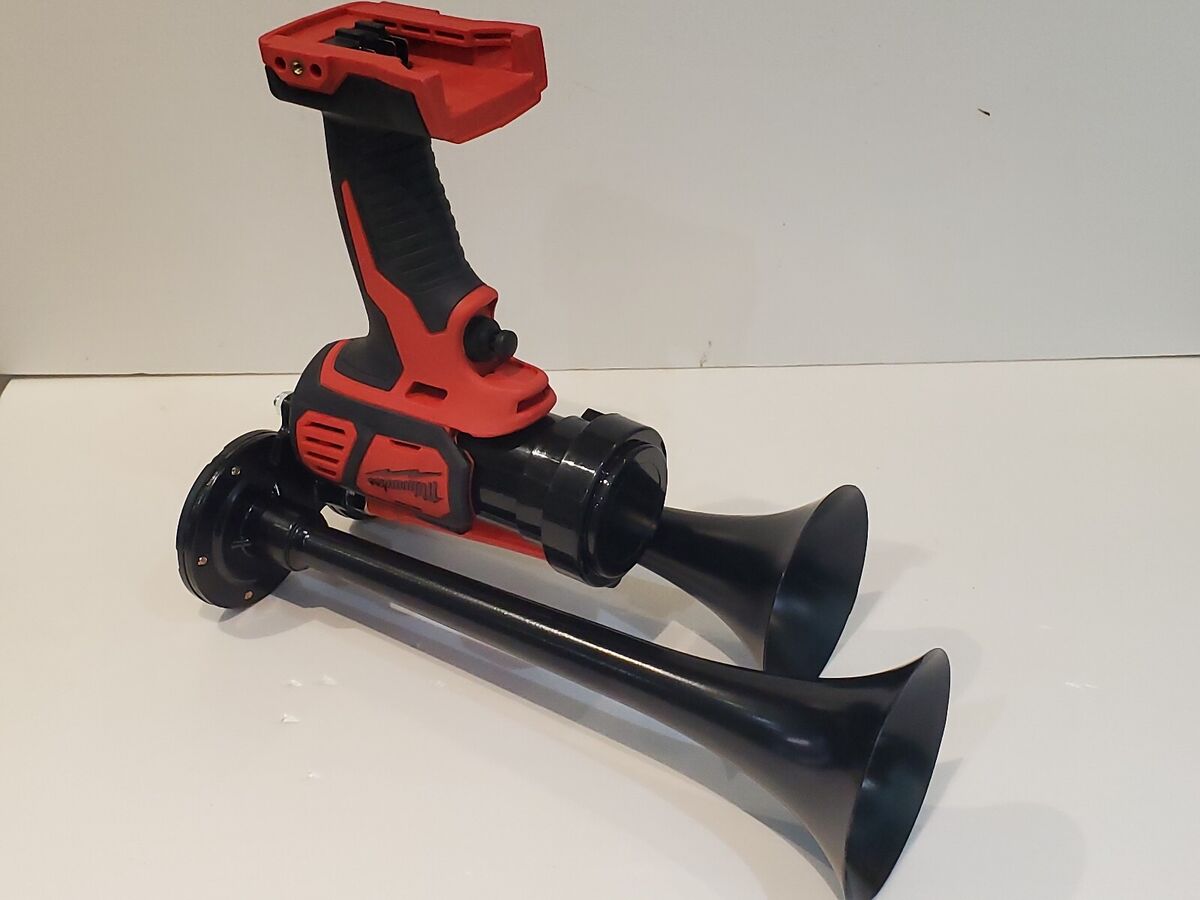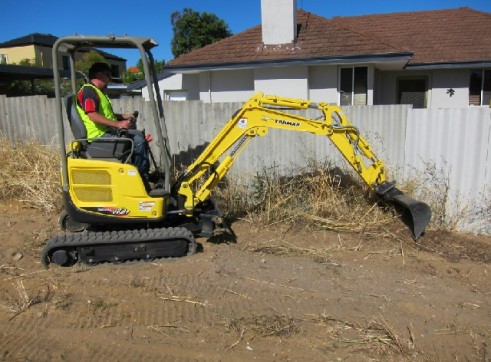
Ensuring the safety of passengers and employees on trains depends on train horns, which also notify surrounding pedestrians and cars. But the employment of train horn gun close to major railroads can have a big impact on traffic flow, especially in cities or places with lots of train activity. The loud, unexpected noise can cause disruptions that impact pedestrians as well as automobiles, therefore influencing behavior, causing delays, and occasionally even collisions.
Disruptions to Traffic Movement
The main effect of train horn guns is their disturbance of vehicle movement around railroads. Train horns often blast to warn cars of approaching arrival when they get near the crossing. Drivers may startle at this sound and stop suddenly or become distracted. Constant horn blaring in crowded metropolitan areas with lots of crossings could cause traffic to be seriously delayed, result in bottlenecks, and cause longer wait times. During peak hours, when commuters are hurrying to get to their locations, these disruptions can especially cause difficulties.

Noise Pollution and Its Effects on Drivers
In places close to railroads, the loud sounds from train horn guns can also cause notable noise pollution. Extended high-decibel train horn exposure can be distracting and cause drivers to lose focus. The suddenness and intensity of the sound can cause tension and worry, which would affect driving behavior or slow responses. Sometimes it might even lead to mishaps, particularly in highly populated places where traffic flow is already difficult.
Altered Driver Behavior and Adaptation
Drivers might become less receptive to the noise over time, therefore adjusting to the regular sound of train horn guns. Although this might seem to be a logical reaction to constant exposure, it can be harmful. A desensitized driver could neglect to stop at crossings when needed or pay enough attention to the warning signals. This adaptation might result in more dangerous behavior when drivers may ignore safety procedures, therefore endangering others and themselves.
Safety depends on the employment of train horn guns, yet their use clearly affects traffic flow and driver behavior close to crowded stations, especially when the Milwaukee Train Horn is sounded, signaling the approach of a train. Understanding how these horns affect the surroundings helps transportation officials to develop ideas that strike a compromise between safety and the least disturbance. Whether by means of noise control strategies, better signaling, or driver education, it is imperative to establish a safer and more effective surrounding for drivers as well as train operators.







